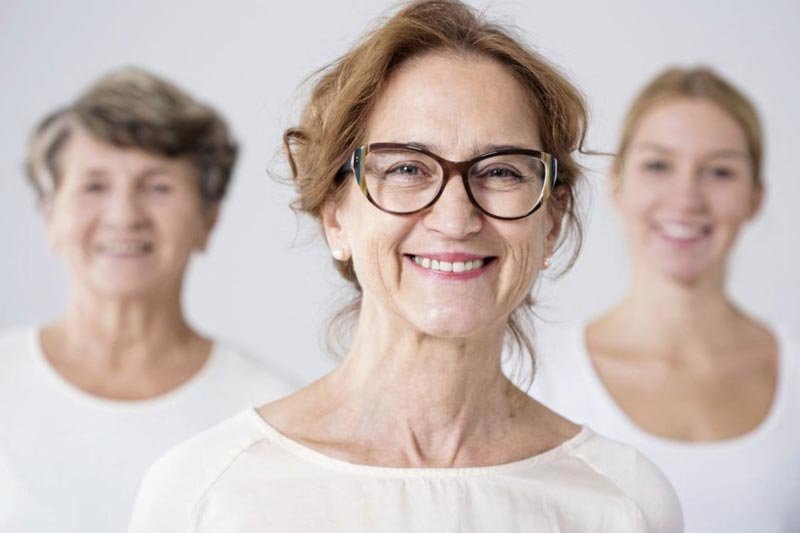Osteoporosis Is Not Just An Old Woman’s Disease :
What it is?
Osteoporosis literally means bones (osteo) that are porous (porosis). Bones are living tissue and continue through the normal process of breaking down and rebuilding without us even being aware of it.
When we are young and healthy, the rebuilding always keeps up with the breaking down. But as you age, this process slows down until bone loss exceeds the rebuilding process. The structure of the bone is then weaker and bones break easily as a result of a fall or other injury.
Who gets it?
Any person older than 45 years is at risk of developing osteoporosis because of the aging process and resulting bone loss. However, women are at a higher risk because they lose bone mass at a faster rate than men do. This is thought to be as a result of diminishing oestrogen (the primary hormone that directs the female reproductive processes) that begins at menopause.
The age related risk profile for women developing osteoporosis is as follows:
- 50 years old – 2 out of every 100
- 60 years old – 5 out of every 100
- 70 years old – 12 out of every 100
- 80+ years – 25 out of every 100
Men are not exempt from developing the disease. Globally, 20 men out of every 100 will have a fracture sometime in their lives that can be directly related to osteoporosis.
The risk profile increases in the presence of the following factors:
- Women who go through menopause before the age of 45
- There is a history of the disease in your family
- You are underweight, as determined by a BMI (Body Mass Index) of less than 19
- The use of certain steroidal medications for extended periods of time
- Smoking and regular alcohol use
- Low levels of Vitamin D and calcium in your body
- Sedentary lifestyle (couch potato syndrome)
- Certain diseases and medical conditions (Crohn’s disease, rheumatoid arthritis etc.)
What to look out for
Although the disease develops slowly with little indication that it is present, it eventually reaches a point where there is no longer any doubt. This happens when the bones fracture easily as a result of an injury which would have done no harm a decade or two previously.
Prior to this fracture, there is often a loss of height and persistent back pain which often is put down to “getting old.” This is an important sign that osteoporosis is already present, because the vertebrae have become compressed by the weight of the body.
How a diagnosis is made
The most accurate diagnostic tool is the DEXA scan (dual-energy X-ray absorptiometry). It is a highly specific X-ray that is able to determine the density of your bones and can definitively confirm the presence of the condition.
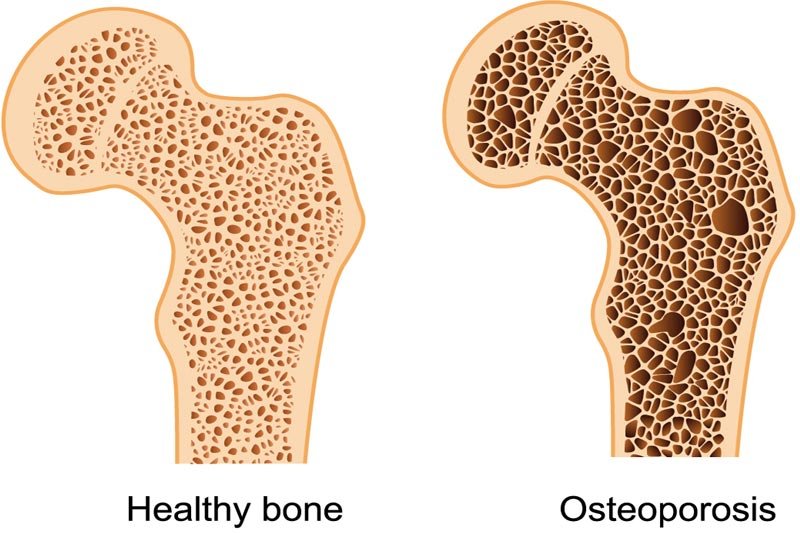
If you are over the age of 70 and have suffered a fracture after a minor fall, your doctor may not insist on the DEXA scan because of your age-related risks, and may prescribe treatment without the DEXA confirmation.
Another test that is now used for the diagnosis of osteoporosis is the DXR (digital X-ray radiogrammetry). While it may not be as accurate as the DEXA in diagnosing every case of the disease, it is useful as a screening procedure.
How to treat osteoporosis
While prevention is the best treatment for any disease, some people want to know what treatments are available because they already have the disease and old sayings are no help.
There are medications that prevent and treat bone loss. You may want to ask your doctor about the following options:
- Bisphosphonates – a group of medications most commonly prescribed, including alendronate, risedronate and etidronate.
- Denosumab is used in cases where bisphosphonate is unsuitable
- Raloxifene and Parathyroid hormone peptide drugs are usually prescribed the where there is a history of one or more fragility fractures
- Strontium ranelate is also prescribed but, because of the risks involved with use of this drug, it is only prescribed where all other treatments cannot be used
As with all medications and drugs, you need to discuss the treatment options with your doctor and arrive at a treatment plan with the greatest benefits and least side effects. Always research the treatment drugs thoroughly BEFORE seeing your doctor, so that you can ask informed questions about drug reactions and side effects.
When prevention is an option
If you have three or more risk factors for developing osteoporosis you should take prevention measures of the disease very seriously. Fortunately your efforts will impact your overall health positively and actually improve your quality of life as you grow older.
These measures are all related to your lifestyle and are easily adopted by anyone who is serious about staying active and healthy well into old age. Furthermore, even if you already have osteoporosis, you will be able to slow down the loss of bone density and improve your quality of life.
The following measures should form the backbone of your prevention strategy:
- Exercise not only improves the feeling of well-being, but it improves the function of the heart, brain, lungs etc. But it is the load-bearing exercises that have the greatest bone-building capability because they stimulate the production of bone-making cells which then make the bones denser. This includes walking, dancing, running and aerobics. Anything that keeps you on your feet is a load bearing exercise. But only do what you can and take your current physical condition into account. Don’t attempt go jogging if you can barely make it to the mail-box.
Start Slowly And Increase Slowly. But Most Importantly – Start
- Diet plays such an important role in general health and especially in osteoporosis. Lack of nutrients and minerals such as calcium, vitamin D play an important role in the development of the disease. Sunshine provides plenty of vitamin D and you don’t need to go to the French Riviera and lay in the sun to get a good dose. Calcium is freely available in some dairy products (such as milk and yoghurt and hard cheeses), leafy greens, sardines, and bread.
- If you smoke, it is always a good idea to cut down and only smoke zero cigarettes a day. Alcohol consumption should always be kept within limits. Speak to your doctor to find out what the right amount of alcohol is for you if you are not sure.
- Hormone replacement therapy used to be automatically prescribed to menopausal women to alleviate their menopausal symptoms and prevent bone loss, but that no longer is the case. Studies show that the associated risks of using hormone replacement therapy far outweigh the benefits because there is an increased risk of cardiovascular disease and the development of breast cancer. If you still want to explore this option, you need to talk to your doctor for more advice.
Balance is an important factor because many older people fall because they are unsteady on their feet. This is due to the centres in the brain that control balance. The way to keep these centres working efficiently is to continually be challenged with activities that force your brain and associated limbs to adapt to the environment around you. The easiest way of doing this is walking barefoot you can even make a pathway of river pebbles to walk on. Your body and brain will work together to help you readjust your equilibrium as you walk, and this will improve your neuroplasticity (ability of your brain to adapt) and your balance.
Author :
Dr Donna Kozak received her Bachelor of Medicine / Bachelor of Surgery, University of Melbourne, Australia in 1989. Dr Kozakhas experience in all areas of general practice including chronic disease management and mental health. She is also an antenatal shared care provider with Royal Prince Alfred Hospital.
Related Videos about Osteoporosis Is Not Just An Old Woman’s Disease :
Preventing, Diagnosing and Treating Osteoporosis Video – Brigham and Women’s Hospital
The Basics of Osteoporosis
Preventing Fractures: Signs, Risk Factors of Osteoporosis
Osteoporosis: Protecting Bones, Preventing Breaks | MedscapeTV
Osteoporosis Treatments for Women
Osteoporosis – Everything You Need To Know – Dr. Nabil Ebraheim
Related Infographics about Osteoporosis Is Not Just An Old Woman’s Disease :
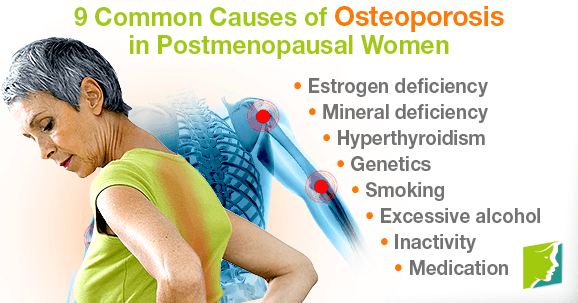
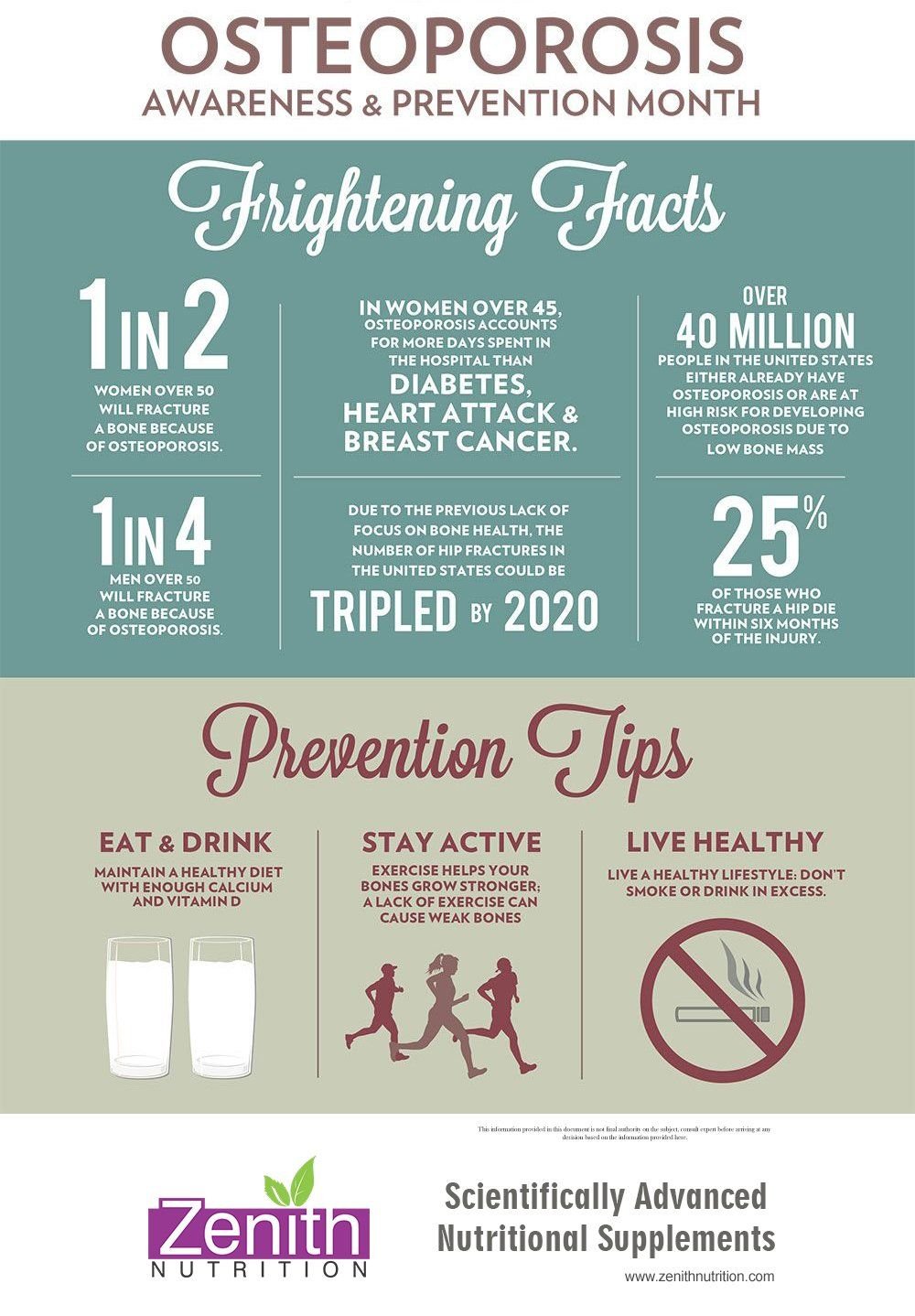

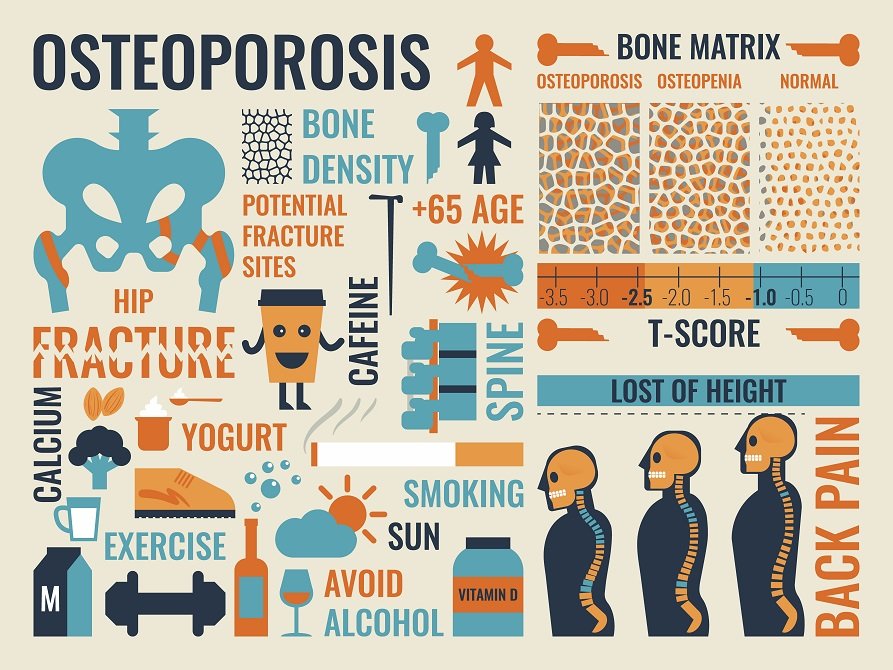
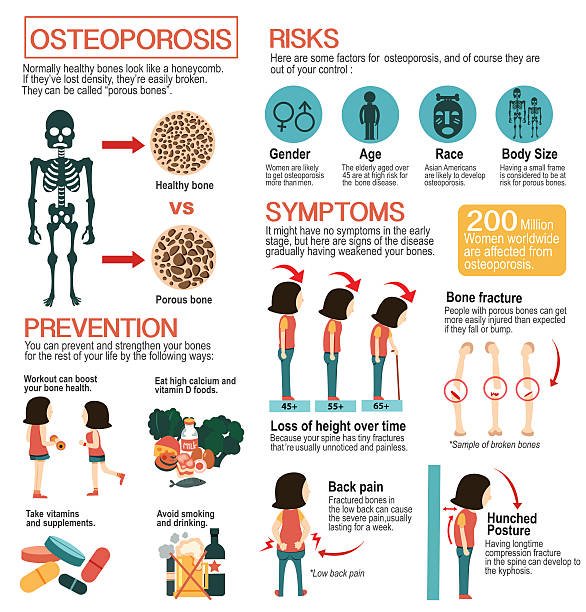
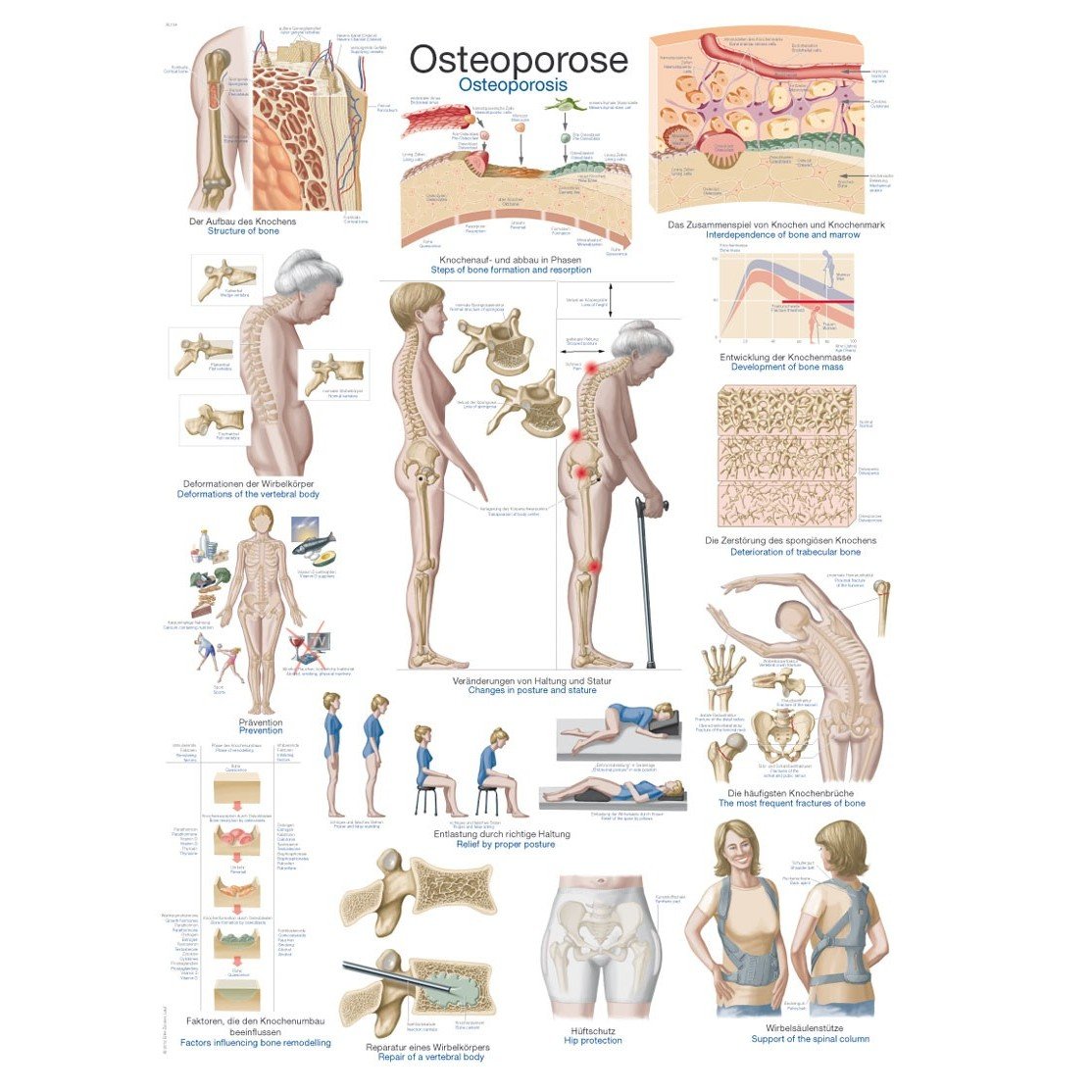

Osteoporosis Is Not Just An Old Woman’s Disease
osteoporosis treatment, osteoporosis causes, osteoporosis symptoms, how to prevent osteoporosis, how long does it take to build bone density?, Osteoporosis Is Not Just An Old Woman’s Disease, osteoporosis risk factors, osteopenia, how does osteoporosis affect the skeletal system, Osteoporosis Is Not Just An Old Woman’s Disease




